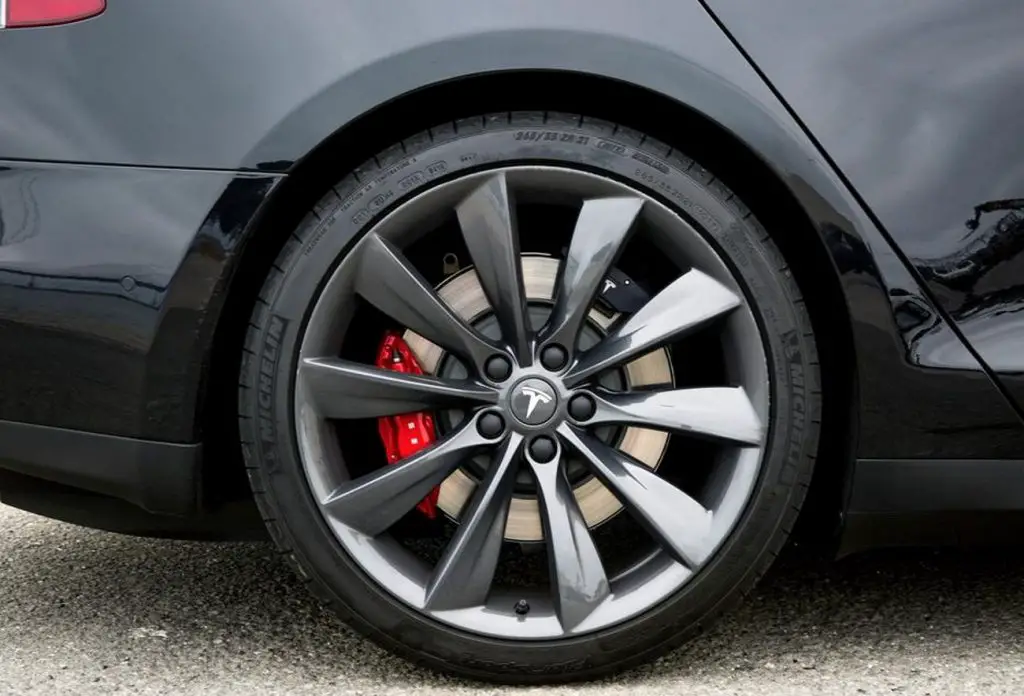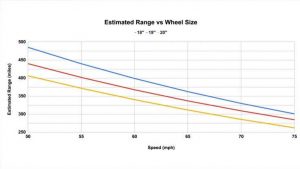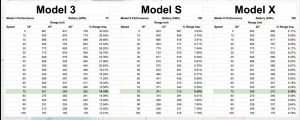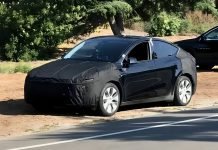It is an age-old debate, whether to opt for a bigger or smaller wheel. Either has its pros and cons. Wheels and Tires have a significant effect on performance. There is an increasing trend wherein tires are dictating race outcomes. Recently, the F1 race at Silverstone was decided on the last lap which saw multiple tire failures. However, it’s not only the tire but also the wheel that may change performance. Refer to the below graphic to understand the distinction between a wheel and a tire.
How does wheel size affect car performance?

Does wheel size matter on a car? Importance of wheel size
Wheel size differs from Model to Model. However, a model may accommodate different wheel sizes. It is a dilemma for a customer when it comes down to deciding the correct size. It seems that the famous YouTube channel Engineering Explained has a definitive answer. Engineering Explained has gained significant popularity among Automobile and Engineering enthusiasts. He breaks down intricate and confusing mechanical systems for a larger audience. In his recent video, he has taken up the wheel size debate. The video breaks down the pros and cons of different wheel sizes. The Model 3 performance, Model X performance, and Model S performance were taken as test cases. Let’s look at the primary factors with respect to a wheel size that affect performance.
Effect of aspect ratio on tire performance
Tire width effect on performance
The first factor doesn’t correspond directly to wheel size. However, tire width is decided on the basis of the wheel. Tesla over the years has achieved a smaller drag coefficient. The drag coefficient is a quantity that denotes the resistance offered to the flow of fluid (in our case the air). The drag coefficient has an inverse relation with the velocity of an object (car). Thus the lower drag coefficient improves the performance. Carmakers optimize the frontal area and the shape of the car to lower the drag coefficient. The tire width plays a part in the frontal area of the car. Some part of the tire is exposed to the air and it disrupts the airflow. Larger tire width will affect the airflow greater.
Engineering Explained, in his video, took two tire widths. The first tire had a width of 205mm and the other had a width of 305mm. Considering the car traveled a distance of 200miles at 75 mph calculation was done. He concluded that the difference of 100mm of tire width hardly affects the energy consumed. (wheel weight/inertia were neglected)
| TIRE WIDTH
(mm) |
ENERGY CONSUMED
(kWh) |
| 200 | 33.6 |
| 300 | 34.1 |
Increasing the tire width by 50% only eats 0.5kWh of extra energy.
Effect of wheel radius
EPA (electric car range and efficiency) is an important metric to judge a car. Force acting on the car affects the EPA. Every automaker has to submit a Force v Speed graph that determines the car’s EPA. The graph looks like this,

Note: The graph is used to explain the relationship between force and speed. The numbers used are irrelevant.
As the speed goes on increasing, the resisting force also increases. Similarly, the range of a car also depends on its speed. The range decreases as the speed increases. Tesla Models can accommodate different wheel sizes. Tesla has to submit the EPA for all these sizes. The below graph depicts the estimated range v speed for different wheel sizes. The range fluctuation due to wheel size is significant.

Effect of wheel size on different Tesla Models
Consider a Model 3 performance traveling at 75mph for a distance of 200 miles. Only tire and wheel size is changed. (Overall diameter is constant). Every other parameter is kept the same. The range for different wheel sizes is as follows:
| WHEEL SIZE (INCHES) | RANGE (MILES) |
| 18 | 301 |
| 19 | 284 |
| 20 | 262 |
The sizes considered are the options available with the Model 3 performance. Increasing the tire by 2 inches decreases the range by a whopping 40 miles. That is a 15% deficit in range.
Next, he considered a Model S performance traveling at 75mph for a distance of 200 miles. Only tire and wheel size is changed. (Overall diameter is constant). Every other parameter is kept the same. The range for different wheel sizes is as follows:
| WHEEL SIZE (INCHES) | RANGE (MILES) |
| 19 | 341 |
| 21 | 315 |
The sizes considered are the options available with the Model S performance. Increasing the tire by 2 inches decreases the range by a considerable 26 miles. That is an 8% deficit in range.
Finally, the same calculation was done on Model X performance traveling at 75mph for a distance of 200 miles. Only tire and wheel size is changed. (Overall diameter is constant). Every other parameter is kept the same. The range for different wheel sizes is as follows:
| WHEEL SIZE (INCHES) | RANGE (MILES) |
| 20 | 286 |
| 22 | 270 |
The sizes considered are the options available with the Model S performance. Increasing the tire by 2 inches decreases the range by a notable 16 miles. That is a 9% deficit in range.

The calculations were done using the graph submitted by Tesla. The older version’s range was considered in the video. Regardless, the outcome is extremely significant.
Relevant Points to consider
It is important to understand that the overall diameter (wheel + tire) remains the same. However, as the wheel size decreases the flat portion of the tire increases. The flat portion is called the sidewall. A Flatter sidewall minimizes the disruption of air. Thus, an 18-inch wheel performs better than a 20-inch wheel. All other parameters are kept the same.
Generally, bigger wheels improve the stability of your car and the range of braking distance will be shortened. A larger diameter means that the wheel will be heavier and consequently speed will be slightly compromised during acceleration. Therefore, it is beneficial to have a smaller wheel size. However, there is a lower limit to wheel size. The lower limit depends on the brake setup size, cooling of brakes, and packaging of other suspension components.
A race engineer once famously said, “Ideal wheel size is the smallest you can fit around the brakes”.


















